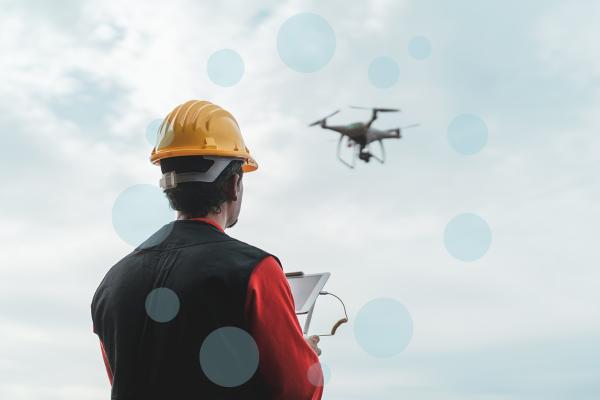In the last years Europe witnessed a marked increase in the number and severity of both natural and man-made disasters. Single chemical accident releases involving dangerous substances in chemical installations, petrochemical and oil refineries continue to happen frequently enough in Europe demonstrating the need for better and more efficient control of major industrial hazards. Industrial accident prevention and preparedness in Europe is aimed not only at preventing major catastrophes, but also at the smaller scale catastrophes that violate the right to a safe community, a safe workplace and a clean environment.
The Commission's Communication "Towards a stronger European disaster response: the role of civil protection and humanitarian aid" (COM(2010) 600) sets out an overall European approach to the prevention of disasters, identifying areas for action and outlining specific measures to boost disaster prevention.
The need for efficient control of disaster risks of hazardous installations is underlined in many European policies and legislation. The Seveso Directive addresses the hazards in about 10000 industrial plants in the EU, where dangerous substances are present in large quantities, and requires that all relevant risks are assessed and managed, and that prevention, preparedness and response measures and actions are ensured.
The JRC addresses the disaster risks of hazardous industrial installations and contributes to the protection of the citizen from the relevant threats, both accidental and deliberate. The JRC also studies the structural behaviour of buildings and other infrastructures under earthquake scenarios and subject to explosions and develops methodologies to increase the safety of buildings. The JRC carries out research for disaster risk assessment, including hazard characterization, vulnerability and exposure assessment and development of guidelines and standards for risk data. In addition, space technologies are used at the JRC for disaster preparedness and prevention.
Preventing industrial accidents
The JRC addresses the disaster risks of hazardous industrial installations and contributes to the protection of the citizen from the relevant threats, both accidental and deliberate.
The JRC manages the Major Accident Hazards Bureau (MAHB) in support to the Seveso III Directive on the control of major hazards and the prevention and mitigation of major accidents and the eMARS major accident database, a collection of industrial accident reports.
More information:
Preventing industrial accidents
Technological accidents triggered by natural disasters
The JRC supports EU member states in identifying and reducing the risks posed by technological accidents triggered by natural disasters, also known as Natechs. These accidents are expected to increase due to climate change. Research is carried out to better understand the underlying impacts of natural hazards on industrial facilities. The JRC developed a mapping tool, RAPID-N, that allows the identification of areas prone to Natech in order to support authorities in analysing and evaluating Natech risk.
More information:
Technological accidents triggered by natural disasters
Improving safety in construction
In case of natural or man-made disasters the stability of buildings is crucial to mitigate the effects of such events. At its European Laboratory for Structural Assessment, the JRC studies the structural behaviour of buildings and other infrastructures under earthquakes and certain types of intentional threats or accidents, such as explosions, impacts and blasts.
More information
Improving safety in construction
Space technologies for disaster risk reduction and response
Satellite-derived information plays an essential role as a synoptic, independent and objective source. The JRC's research focuses on the automatic analysis of satellite data to provide information products and analyses for more effective disaster risk reduction and response.
More information
Space technologies for disaster risk reduction and response
Disaster risk management
Natural and man-made hazards continuously threaten population in Europe and beyond. The JRC carries out extensive work to improve the scientific evidence base for risk assessment in Europe and worldwide, not only in hazard characterization, but also in vulnerability and exposure assessment (essential components for risk assessment) and development of guidelines and standards for risk data (including disaster loss data).
More information


